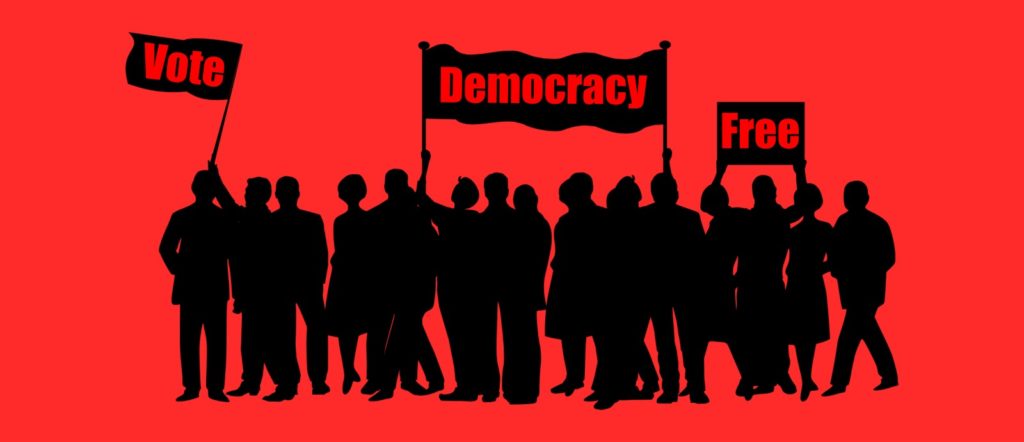
Understanding the Numerical Democracy in India
Babasaheb Ambedkar was exposed to philosophy and functioning of democracy in his Columbia days. Dewey’s Ethics of Democracy published in 1888 had a profound impact on Babasaheb Ambedkar’s thinking on democracy. I recommend this small essay written by John Dewey in which Dewey defines deep democracy. In a nutshell, he defines democracy as the reclamation of human personality. The electoral system of voting is important, but not so pivotal in the conception of social and economic democracy.
The social democracies came into being after the Great Depression and the mixed economy was the rule of the day following the great depression. In a strange turn of events, the economies are controlled by the banking system and even the governments are obliged to follow their whims. We will attempt to understand the how numbers, particularly caste numerical, decide the outcomes of the elections and power. This understanding gives the power to discriminate and often disenfranchised citizens.
We will look at UP elections as a model to study the functioning of numerical democracy in India. The insight in this functioning will give us a method to understand what is happening in other parts of India. The phrase is fully correct as far as India is concerned “Indians do not cast their votes, but vote for their caste”. This summarises the electoral politics in India.
The parties represent people in the governance. Hence, the political parties are the only instrument for direct power. If one creates a structure of political apparatus linking up to the numerical power of the caste, you get a successful political party. A look at different political parties in India will demonstrate this very clearly.
So let us understand what is happening in UP. Before we look into it, let us try to keep in mind the social composition of the state of UP. The Dalits constitute 22 percent of UP population. The Yadav’s constitute 12 percent. The Muslims are 19 percent. The Non-Yadav OBCs constitute 28 percent. The Brahmins are 10 percent. The Thakurs are 8 percent. This is a rough sketch of the social composition.
There are 3 major political blocks in the UP elections and they will be wooing different sections of the UP population with different strategies and different promises. Sometimes, the conflicting opinions will also be created. Let us start from where it starts in the elections.
Seat Distributions
BSP proportionately distributed the tickets according to population composition. Even the core constituency of the BSP is not given as many seats as other important social groups, particularly Muslims.
SP/Congress distributed seats to mostly Yadavs and Muslims.
BJP distributed seats mostly to non-Yadav OBCs and Non-Jatav SCs, and Brahmins and Thakurs.
This is the frame, in which the UP elections can be studied and understood,
Though the political parties will create a facade of development, deep down only various compositions will be at play. They will move various sections of the electorate. The UP election results are turned around just 3 percent swing in votes. Ultimately, when the social groups of the political parties are fixed, a small dent in some one’s social group and their shifted loyalty determines the victor. Ironically, it is not the majority that will decide the next ruler of UP, but the dark horse/the turncoat/the splinter group will decide the next ruler.



+ There are no comments
Add yours